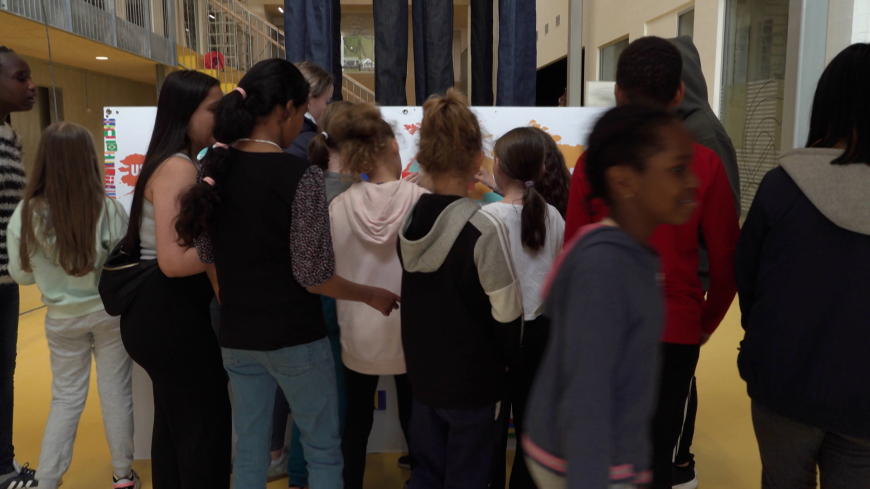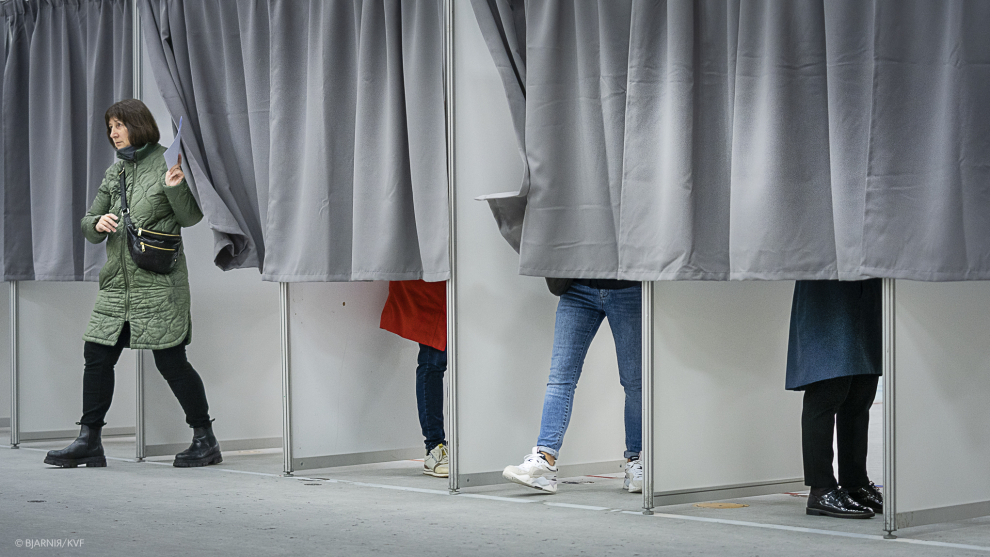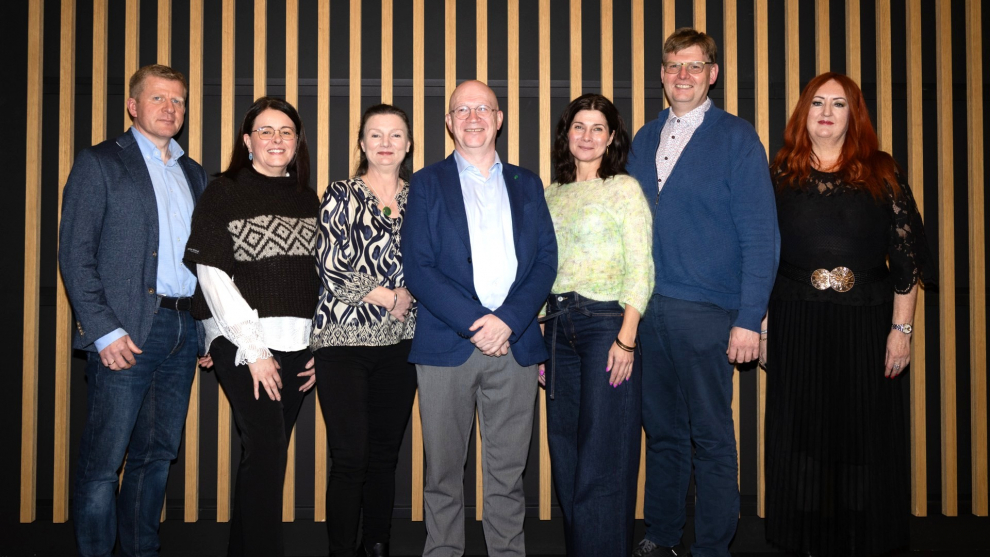- Tíðindi, mentan og ítróttur
A truly international school

Hungary, Serbia, India, Thailand, Nigeria, Ethiopia and Iceland.
These are just a few of the 24 nations represented at Fuglafjørður School, which has set up a trial project aimed at integrating children from various backgrounds.
This task is not without its challenges but having a school principal who knows a thing or two about settling in a new country helps.
>> SEE ALSO More than 100 nationalities in the Faroes
“Knowing what it’s like to come to a country with an entirely different language and culture to my own helps me relate to the challenges that these pupils face,” says principal Belys Nordendal, who moved to the Faroes from Venezuela when she was 20.
The school has received extra funding for one-on-one language teaching, but Belys says that with so many pupils from such varied language backgrounds, the school could certainly do with more resources.
>> SEE ALSO Government sharpens focus on integration measures
The government is working hard to improve integration, says Helena Dam á Neystabø, who heads the culture ministry’s education department.
“Faroese-language tuition is a high-priority area for us as it is crucial to successful integration,” she says.
“We are working hard to ensure that schoolchildren from across the world can function academically and socially in the Faroe Islands, while obviously at the same time working to ensure that their parents can use their qualifications here.”
>> SEE ALSO Immigrants struggle to make use of their skills
These efforts include a ‘Faroese as a second language‘ course for teachers and production of teaching materials aimed specifically at schoolchildren with a non-Faroese background.
“In addition to teaching about the Faroese language and culture, we put great effort into tailoring each pupil’s education to also reflect the culture they grew up in,” says Neystabø.
A little help from my friends
Eleven-year-old pupil Harshitha moved to the Faroes from India two years ago and already speaks good Faroese.
“Learning Faroese was not as difficult as I had expected,” she explains.
>> SEE ALSO Bill on integration policy underway
“We have really good and attentive teachers here, and by speaking to my new friends in a combination of English and Faroese, it now feels almost natural for me to speak Faroese.”
When KvF visited the school, the children sang ‘Sangur um børnini’ (‘Song about the children’), a song which 11-year-old pupil Eva José dos Santos described as being about “all the world’s children, who are all different but yet have so many things in common”.
Read the Faroese version of this article here.
Translated by prosa.fo.




























